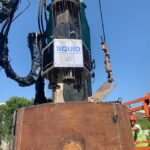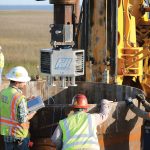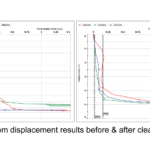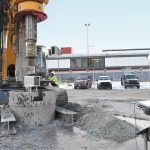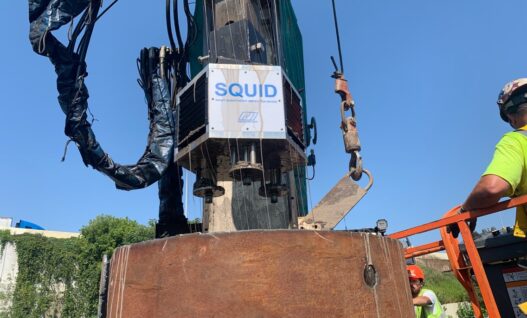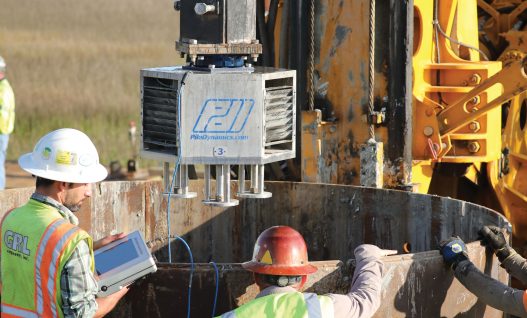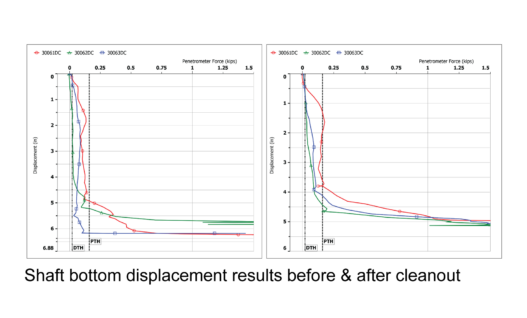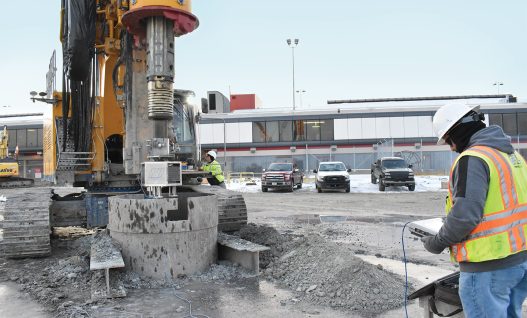Drilled Shaft Base Cleanliness Evaluation (SQUID™)
Integrity Testing with the Shaft Quantitative Inspection Device
An important part of bored pile construction is the cleaning and inspection of the bottom of the hole prior to the placement of reinforcement and concrete. To achieve cleaning once drilling is complete, a cleanout bucket is typically used to remove any material unsuitable for end bearing support. Bottom inspection is then performed, often by lowering a camera down the bore hole, a procedure that gives a rough idea of the thickness of any debris left at the bottom. To improve the inspection method, GRL Engineers utilize a Shaft Quantitative Inspection Device (SQUID) to measure force and displacement at the bottom of a drilled hole to quantitatively assess the cleanliness or the debris thickness of the excavation bottom.
The construction process of drilled shafts is carried out using major drilling tools to cut through the soil and rock strata, which consequently generates some amount of soil cuttings, a portion of which could end up at the bottom of the excavation.
If the wet construction method is implemented, the drilling mud (polymer-based or bentonite-based) will generate sediments which can accumulate at the bottom of the hole, if undetected can negatively influence the performance of the foundation element.
The SQUID device and test will assess the drilled shaft base conditions in a time efficient manner, and with quantitative measurements.

